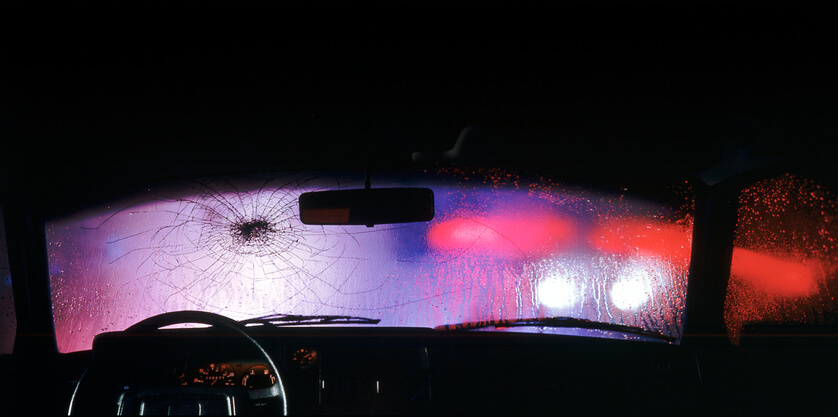Automobile as Deadly Weapon in DWI Case

Prosecutors like to threaten defendants charged with DWI with the hammer of an enhancement for use of a deadly weapon. This is easy to do in a case involving death or serious injury, since by definition, the car was capable of causing serious bodily injury or death.
Prosecutors will also seek a deadly weapon finding when there has been no accident or injury. To sustain a deadly weapon affirmative finding in such cases, the record-evidence must demonstrate (1) the object or instrument meets the statutory definition of a deadly weapon; (2) the “deadly weapon” was used or exhibited “during the commission of a felony offense or during immediate flight therefrom;” and (3) that others were placed in actual danger, and not merely a hypothetical potential for danger if others had been present. See Drichas v. State, 175 S.W.3d at 798; McCain v. State, 22 S.W.3d 497, 503 (Tex. Crim. App. 2000).
Prosecutors will call witnesses to testify the defendant was driving recklessly and actually threatening the safety of other people.
What difference does a deadly weapon finding make? It makes a big difference. If the jury or judge finds the car was a deadly weapon, the defendant is not eligible for parole until he has served at least half of his sentence, or 30 years. Without the finding, he is parole eligible after he’s served a quarter of his sentence, or 15 years, whichever is less.
For more information, contact the Law Office of Richard Ellison, P.C. for a consultation.
